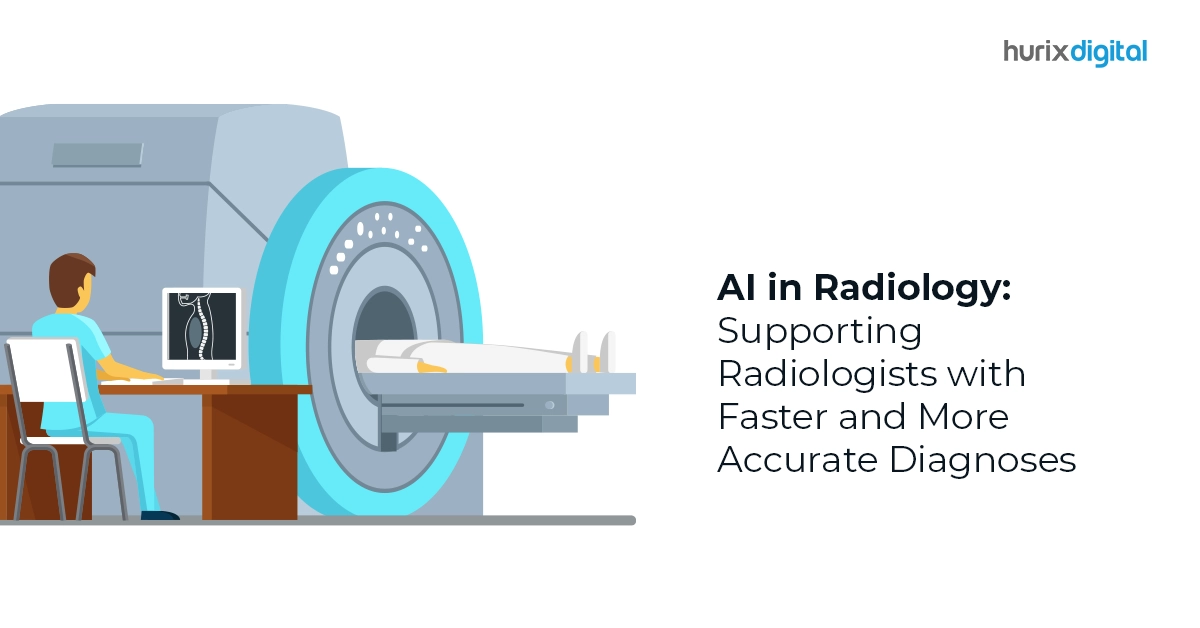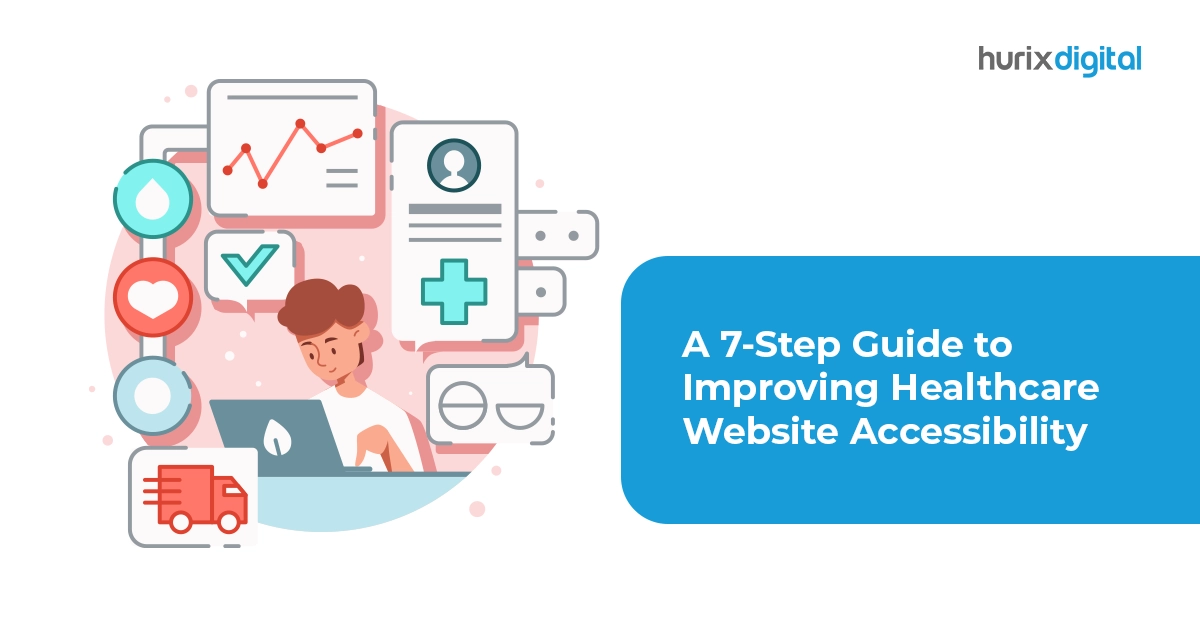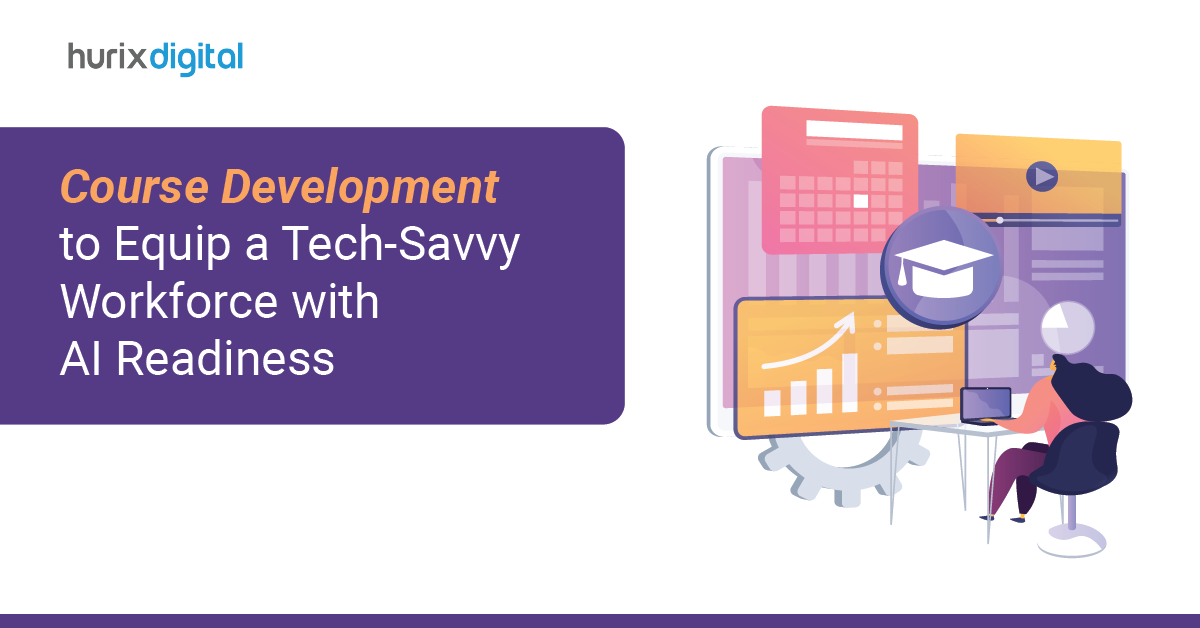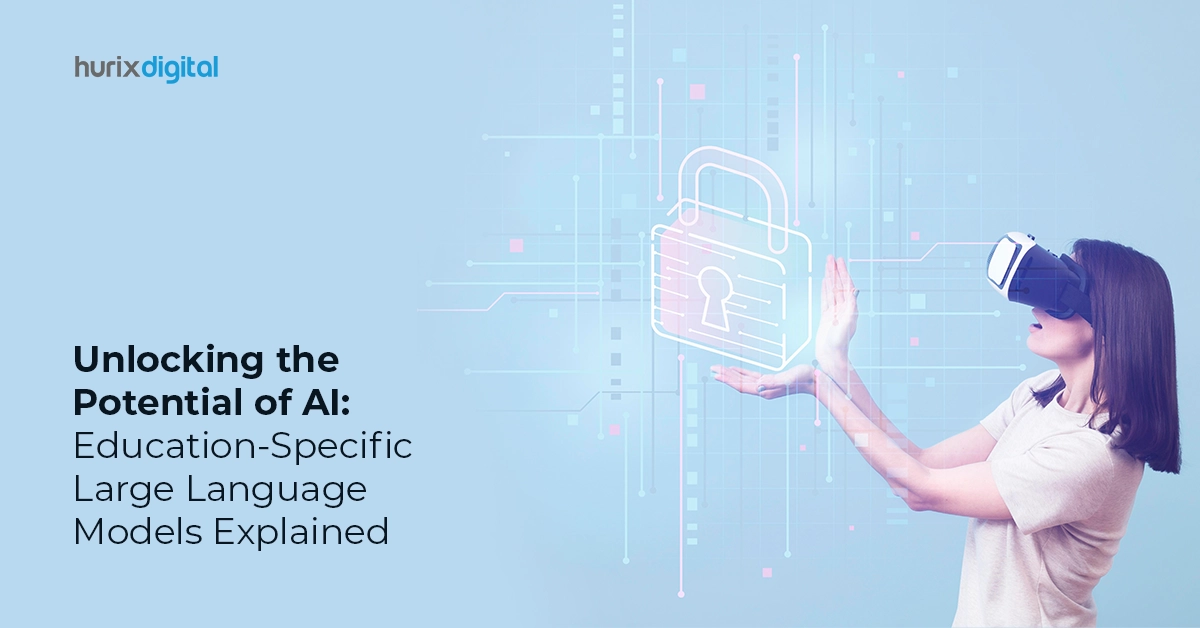
AI in Radiology: Supporting Radiologists with Faster and More Accurate Diagnoses
Summary
Discover how AI is enhancing radiology through faster and more accurate diagnoses. This blog discusses the benefits of AI in supporting radiologists and improving patient care.
Radiology stands at the forefront of medical imaging technology, crucial for diagnosing and treating diseases worldwide. While traditional methods rely on radiation-based imaging, today’s landscape incorporates a myriad of computer-based technologies, from PET scans to MRIs. Yet, the quest for accuracy persists, driving the integration of AI in radiology.
In 2022, the global medical imaging market soared to $40 billion, with a projected annual growth rate of 5.5%. In this pivotal arena, precision reigns supreme. AI-assisted radiology holds promise for elevating the predictive prowess of medical imaging, with 76% of AI/ML medical devices finding application in radiology. Understanding how AI enhances medical imaging technology is extremely vital for its advancement.
Read on to learn how AI is transforming radiology, from enhancing disease detection and image segmentation to enabling preventive healthcare and automated reporting. Let’s start!
Table of Contents:
- AI in Radiology: A Brief
- Integrating AI into Radiology
- How is AI Transforming Radiology?
- Potential Impact of AI on the Future of Radiology
- Final Words
AI in Radiology: A Brief
Radiology uses medical imaging technology as an indispensable part of healthcare. It provides information on the internal condition of the human body. For example, X-ray imaging provides evidence for diagnosing bone fractures, dental issues, or even cancer detection through mammograms.
Radiology is used in life-saving procedures such as angioplasty, biopsies, etc. They can help in early detection of a variety of diseases, including many forms of cancer. Imaging is largely used to monitor disease progression and provide effective treatment.
Today, with the rise of technology, image analysis algorithms play a big part in this practice. Computer-aided diagnosis increases accuracy, and the advent of artificial intelligence in healthcare is the next step in its evolution.
Integrating AI into Radiology
The first step towards integrating artificial intelligence, machine learning, and deep learning in radiology and other imaging technologies is understanding the core concepts.
What these technologies work on is collecting high-quality, diverse, and vast data sets. Using this data, these models are trained to recognize patterns. This, in turn, is how they learn to detect abnormalities and diagnose diseases.
Simply put, the programme sits between the user interface and the radiology devices. It takes the images as input and runs an analysis to detect anomalies. Regular performance monitoring is crucial to ensuring high accuracy and effectiveness. Luckily, the result is more than worth the effort being put in.
Also Read: Introduction to Video-Based Learning in Healthcare Education – Know the Benefits and Best Practices
How is AI Transforming Radiology?
A lot of different medical imaging techniques use algorithms to analyze and interpret images. AI applications in medical imaging are growing, and for good reason. What makes machines ideal candidates for these jobs is their ability to go through vast sets of data and identify patterns.
Let’s take a deeper dive into what medical imaging AI brings to the table:
1. Disease Detection
Beyond conventional methods, AI excels in disease detection by meticulously analyzing images and pinpointing subtle indicators of pathology. Its accuracy in identifying anomalies paves the way for early intervention and improved patient outcomes.
2. Image Segmentation
AI can segment sections of an image and identify a particular abnormality, no matter how small. This granular approach enhances diagnostic precision, facilitating targeted treatment strategies.
3. Image Enhancement
By enhancing the quality of medical images, AI enhances the nuances that may elude the human eye, empowering radiologists to detect and diagnose conditions with unparalleled clarity and confidence.
4. Preventive Healthcare
Using predictive algorithms, AI proactively assesses the risk of disease development, enabling early detection and preventive interventions. This proactive approach is instrumental in mitigating health risks and optimizing patient well-being.
5. Automated Reporting
AI-driven automated reporting streamlines workflow efficiency by generating comprehensive reports based on image analysis. This not only expedites the diagnostic process but also alleviates the burden on radiologists, allowing them to focus on critical cases.
6. Monitoring Disease Progression
Through longitudinal analysis of sequential medical images, AI provides invaluable insights into disease progression, enabling clinicians to tailor treatment strategies and monitor therapeutic efficacy effectively.
7. Radiomics
AI’s data characterization algorithms extract a plethora of quantitative features from radiographic images, offering a comprehensive understanding of underlying pathophysiology and guiding clinical decision-making.
8. Data Integration
AI’s ability to integrate radiographic images with patient histories and genetic information offers a holistic perspective on patient conditions, enabling personalized and targeted interventions for enhanced patient care.
9. Workflow Optimization
AI streamlines radiology workflows by automating repetitive tasks such as image sorting, annotation, and data entry. This efficiency improvement allows radiologists to focus more on complex cases and patient care, ultimately reducing turnaround times and enhancing overall productivity.
10. Quality Assurance
AI systems can continuously monitor the quality of medical images in real-time, flagging potential issues such as motion artifacts or suboptimal positioning. By ensuring image quality consistency, AI helps maintain diagnostic accuracy and reliability, leading to better patient outcomes.
Potential Impact of AI on the Future of Radiology
There is much to look forward to when it comes to the evolution of artificial intelligence in healthcare. AI in radiology might just be the cream of the crop, capable of achieving a wide variety of results:
- Whether it’s real-time analysis or predictive analysis, using deep learning in radiology, we can give people access to the best possible healthcare cost-effectively.
- AI-assisted radiology can offer personalized treatment plans by analyzing individual medical images and health data.
- It can provide remote diagnosis, making radiology accessible to all.
- AI can allow radiologists to focus on more complex cases by automating routine tasks. It can even reduce radiation exposure without compromising image quality.
- The consistent and high-quality imaging that AI can facilitate is barely possible manually.
- With the help of integrations with the overall patient record, a more advanced AI can even provide the best possible diagnosis.
- AI can list cases based on the severity of their diagnosis, ensuring all patients get treated in the correct sequence.
Also Read: How Can Gamification Be Used in the Healthcare Industry?
Final Words
When it comes to integrating AI into radiology, the potential for enhancing accuracy and efficiency is unparalleled. And for you to enhance and improve the overall patient care experience, embracing AI in radiology is imperative.
Hurix Digital can be your digital partner in this regard. With our expertise in AI and ML, we are committed to revolutionizing radiology and enhancing patient care. Additionally, we offer tailored solutions to meet your specific needs, ensuring seamless integration and optimal outcomes.
Contact us today for further details!

Senior Vice President
A Business Development professional with >20 years of experience with strong capability to sell new solutions and develop new markets from scratch. New Market Entry Specialist with experience working in the largest emerging markets. Exceptional experience in conceptualizing, ideating and selling new learning technologies like VR AR, etc. across multiple industry verticals.








